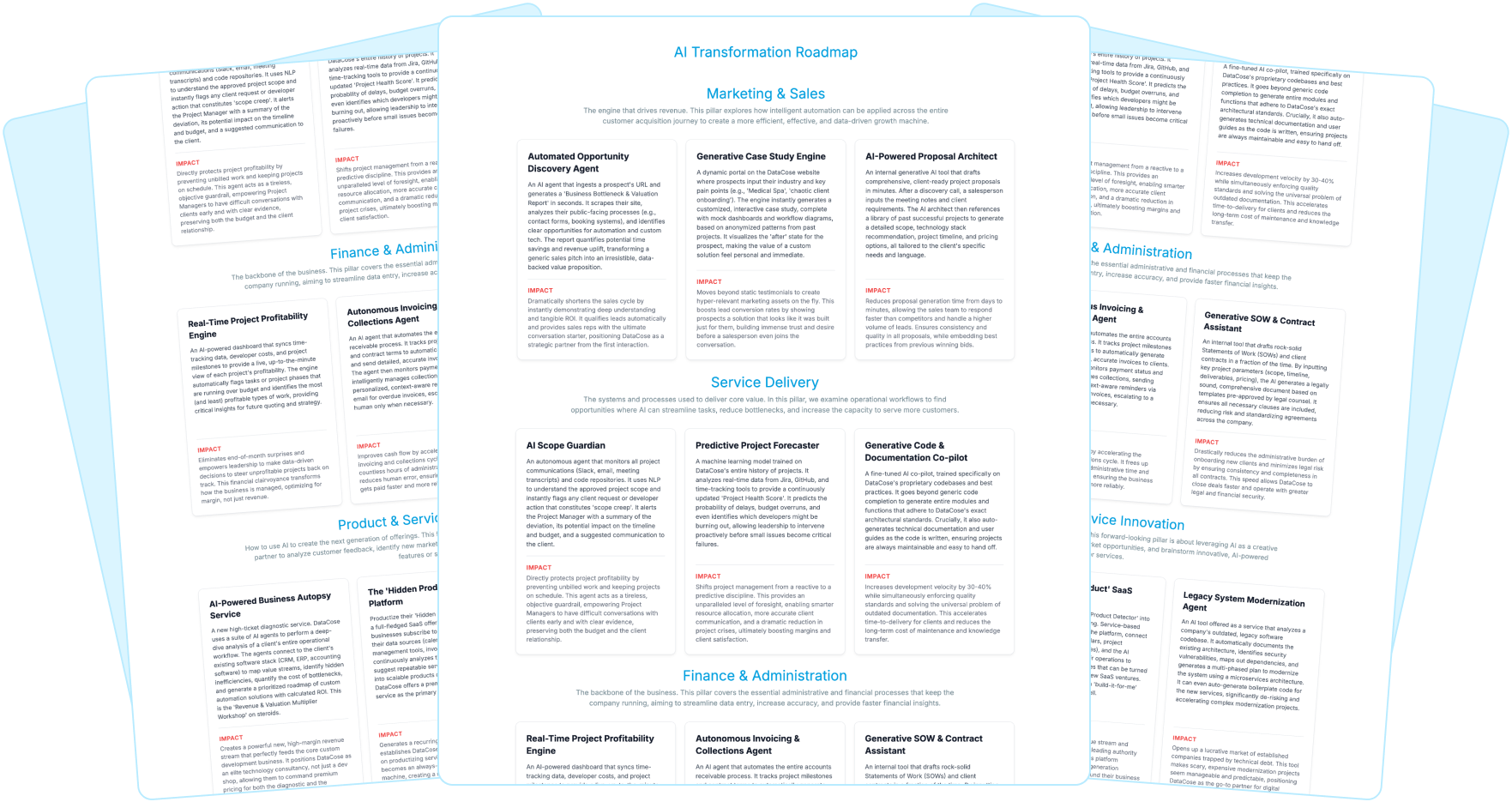Businesses face critical decisions when selecting software solutions. Among these choices is the decision between SaaS vs Software as a Product (SaaP). SaaS, with its cloud-based, subscription-driven model, is increasingly favored by companies for its flexibility, scalability, and ease of maintenance. On the other hand, SaaP, a more traditional model involving a one-time purchase and self-hosting, offers distinct advantages, particularly for organizations with specific infrastructure needs.
Industry leaders have increasingly pointed out the advantages of SaaS over traditional SaaP models. For instance, Satya Nadella, CEO of Microsoft, has emphasized that “The cloud is a game-changer for businesses of all sizes, offering unparalleled scalability, security, and flexibility. The shift towards SaaS is not just a trend but a fundamental transformation in how companies operate.”
This blog will explore the key differences between SaaS and SaaP, offering insights into their respective benefits and challenges. By understanding these distinctions, you can make informed decisions that align with their operational goals and long-term strategies.

Software as a Product (SaaP)
Software as a Product (SaaP) involves purchasing a license to use a software solution that you then host and manage yourself. These solutions typically involve a significant upfront cost with no recurring monthly fees, but they often come with substantial maintenance and update expenses. While internet access is generally required to run SaaP, the software can usually be used offline or within an intranet environment.
When software updates are released, users usually need to purchase them separately, although the cost is often lower than the original software. Upgrades aren’t strictly necessary since the software operates independently offline, but they are recommended to access new features and bug fixes.
Marc Benioff, CEO of Salesforce, stated, “Software as a Service empowers businesses to focus on their core operations without worrying about the underlying infrastructure. It’s about delivering continuous innovation, where customers always have access to the latest features and improvements.”
Upgrading might also be essential if you need to work with files created in the latest software version. While some companies offer strong support for older versions, others may discontinue support for certain services once a new version is available, leaving users with an outdated, expensive solution.
Transitioning to Software as a Service (SaaS), it’s worth noting that many companies that once thrived on selling SaaP—such as Microsoft with its Office suite and Adobe with its design tools—have largely shifted to a SaaS model (e.g., Microsoft Office 365 and Adobe Creative Cloud) in recent years.
Although SaaP versions of their products still exist, they are becoming increasingly difficult to find as these companies find it more cost-effective and user-friendly to offer their solutions through a SaaS model.
Software as a Service (SaaS)
With SaaS, applications, software, and user-generated files are stored in the cloud on the provider’s servers and accessed over the internet. Organizations pay a recurring fee for this service, and in return, the provider ensures that the application is available to users according to established security, availability, and performance standards. Users only need an internet connection to access the software.
SaaS solutions vary widely, so when choosing one for your organization, it’s crucial to ensure that the product integrates smoothly with your existing or planned technology. It should also be scalable to accommodate your organization’s growth and align well with your company’s user experience and culture. You can learn more on The SaaS Development Lifecycle: 6 Key Stages Explained.
Read Also: Why SaaS Is The Future
Get 12 AI Opportunities Tailored to Your Business in 60 Seconds
In 60 seconds, you’ll get a custom report showing how AI can:

Save you hundreds of hours

Unlock new revenue streams

And give you a serious edge over your competitors
Just drop in your website. Scan it and see exactly where AI fits in your business.

What's the Difference Between Software as a Service and Software as a Product?
In today’s digital age, many of us have shifted away from buying physical media and instead opt for services that provide instant access to vast libraries of music or movies. Rather than owning physical copies, we now stream and enjoy them on demand for a small monthly fee.
This shift is similar in the software world. Software as a Service (SaaS) is rapidly becoming a popular tech solution for businesses. You can also read more about Why Your Business Should Move to the SaaS Model & How to Do It.
It presents an attractive alternative to the more traditional—but gradually less favored—Software as a Product (SaaP) model.
You might find these comparisons helpful:
SaaS is Future-Proof
With a SaaS solution, you’re investing in a hosting service and software that’s designed to be future-proof. The provider takes full responsibility for maintaining the hardware, rolling out system-wide upgrades as soon as they’re available (often at no additional cost), and ensuring secure data backups.
In essence, the vendor is accountable for keeping the service operational and performing at its best. In contrast, a SaaP solution provides you with the necessary tools to manage your software at the time of purchase, but it doesn’t include ongoing technical support, access to future updates, or a guarantee that the software will remain future-proof.
When choosing between a SaaP or SaaS solution, there are several factors to consider. However, with the reliability of the internet and the security of cloud servers, the trend is clearly favoring SaaS-based solutions as the superior model.
How Can DataCose Help with Your SaaS Requirements?
At DataCose, we help businesses unlock the full potential of SaaS by ensuring seamless implementation, robust security, and scalable solutions that drive growth. With our tailored approach, you can confidently navigate the complexities of SaaS and maximize your return on investment.
Don’t miss out on the opportunity to revolutionize your business with SaaS. Claim your free strategy session now and start seeing results.





